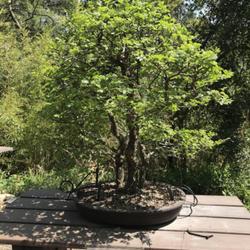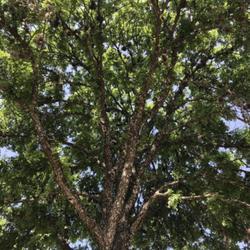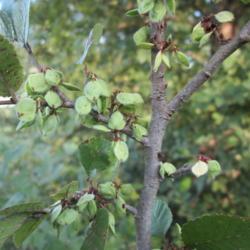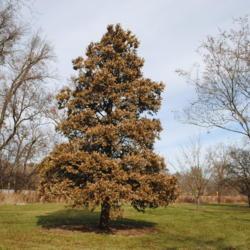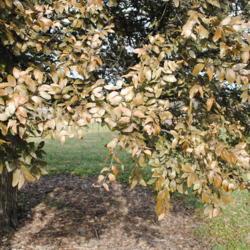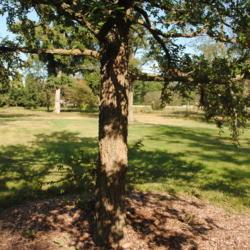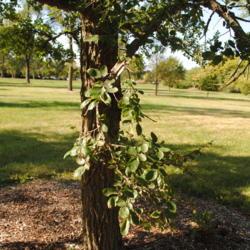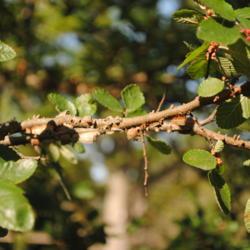| Plant Habit: | Tree |
| Sun Requirements: | Full Sun |
| Water Preferences: | Mesic |
| Minimum cold hardiness: | Zone 5a -28.9 °C (-20 °F) to -26.1 °C (-15 °F) |
| Maximum recommended zone: | Zone 9b |
| Plant Height: | 50 to 80 feet |
| Leaves: | Deciduous |
| Flowers: | Inconspicuous |
| Suitable Locations: | Street Tree |
| Uses: | Shade Tree |
| Wildlife Attractant: | Birds |
| Resistances: | Drought tolerant |
| Pollinators: | Wind |
| Miscellaneous: | Tolerates poor soil Monoecious |

